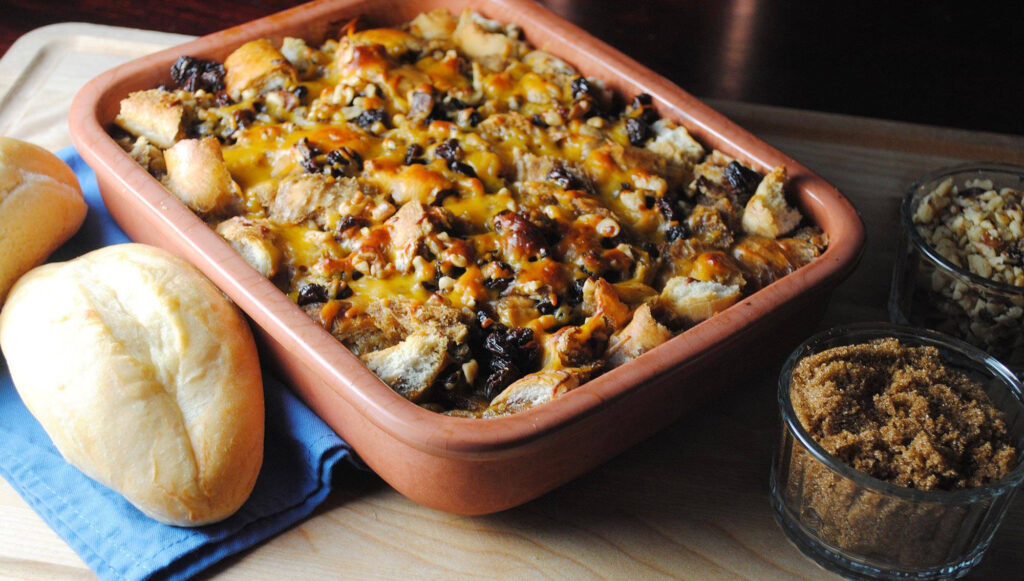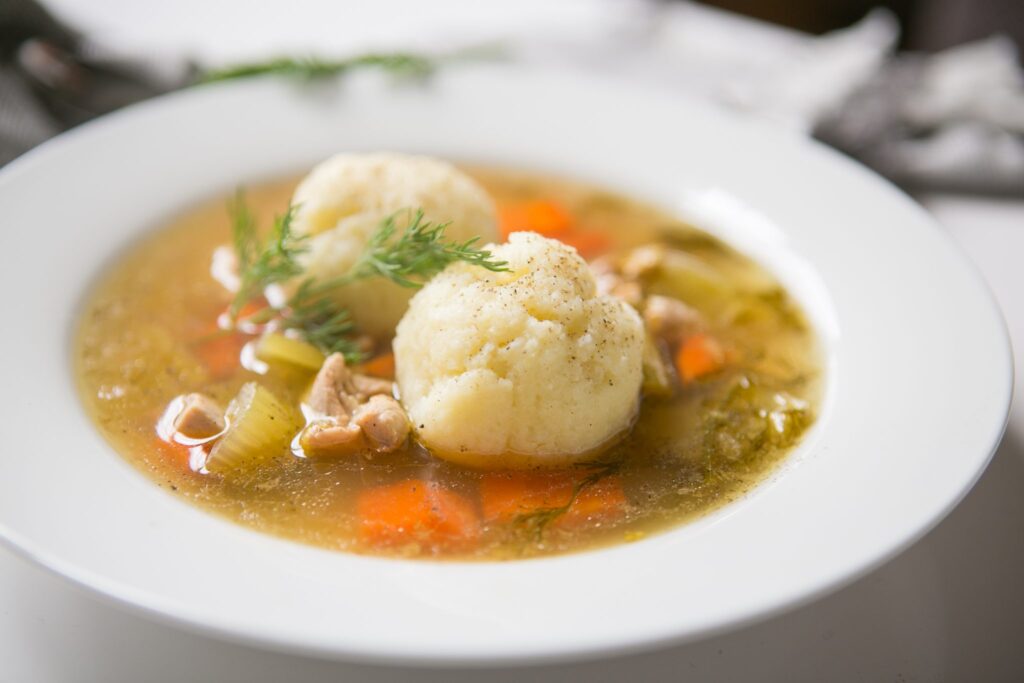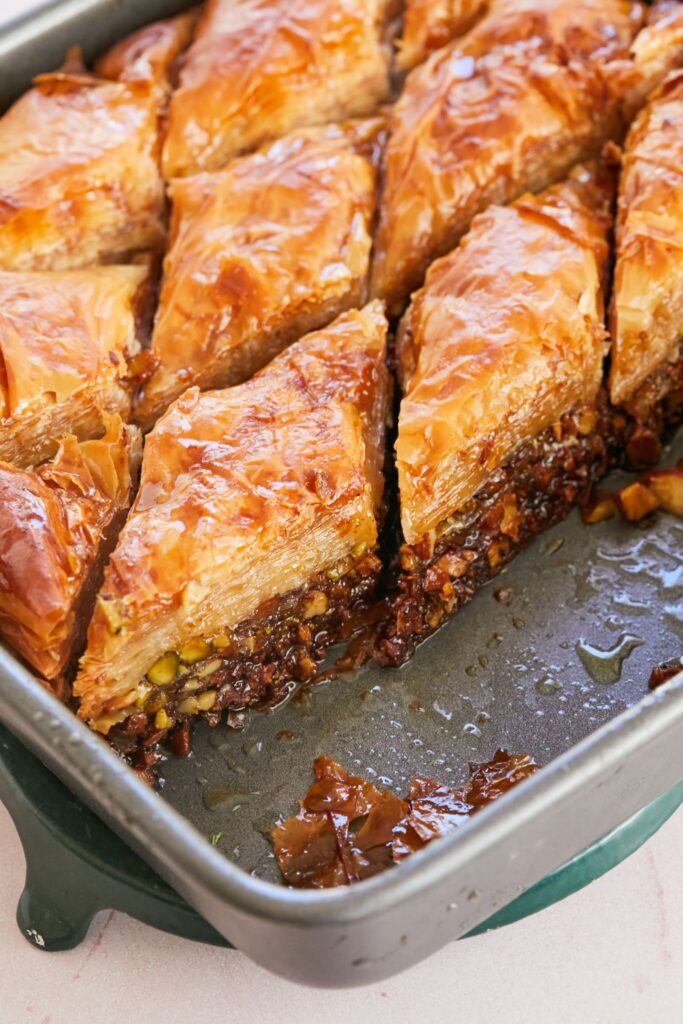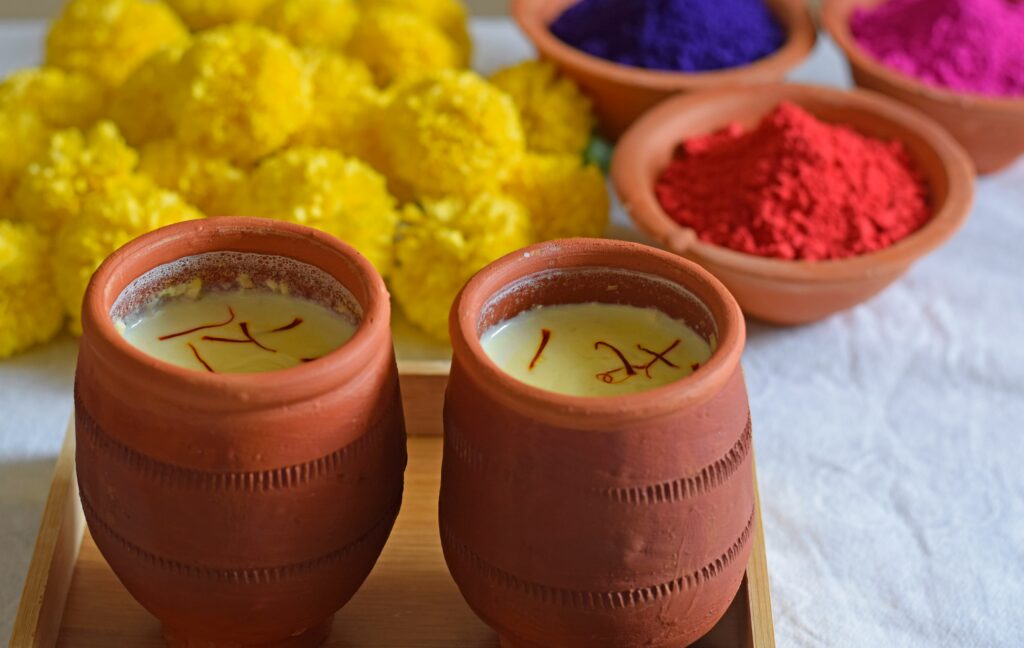By Sydney Ochoa
As winter fades into the rearview mirror, we enter a season filled with traditions celebrated by the diverse cultures that make up the fabric of our town. No matter the occasion, there is one constant when it comes to a proper celebration—great food.
Many traditional springtime recipes are steeped in the cultural traditions of our neighbors. Let’s take our tastebuds on a ride and celebrate the flavors of springtime.
Lent & Easter: Capilotade
Easter is celebrated by Christians across the world to commemorate the sacrifice and resurrection of Jesus Christ. Many Christians view Easter as the most important holiday of the year. Additionally, the secular Easter holiday welcoming springtime is also celebrated by many families around the globe.
Different countries, communities, and families each have their own unique culinary traditions to celebrate Easter. Many foods enjoyed during Easter celebrations are symbolic representing a season of renewal and new life. Easter eggs, for instance, have become the secular symbol of Easter (along with the Easter Bunny, of course).
In Mexico, many families will enjoy Capilotade during the Lenten period and on Good Friday. Capilotade, or Capirotada de vigilia, is a hearty bread pudding featuring both sweet and savory ingredients, resulting in an unexpected explosion of flavors. One of the main ingredients in this traditional dish is piloncillo, which is a type of unrefined cane sugar shaped into a cone. If you have trouble finding this ingredient at your local grocery store, try stopping by Las Carolinas Supermarket in Fuquay.

Ingredients:
For the syrup
6 small piloncillo cones (or 3 cups brown sugar)
12 cups water
8 short cinnamon sticks
2 bunches green onions or 1 large white onion, cut into quarters
For the bread pudding
3 loaves French bread, sliced thin
2 (16 ounce) containers soft margarine
1 (16 ounce) box raisins
2 cups chopped pecans
4 cups cheddar cheese, shredded
Directions
Combine water, piloncillos, cinnamon sticks, and green onions in large pot or Dutch oven.
Bring to a boil and cook until the piloncillos are dissolved and the syrup is dark from the spices.
Taste – you may want to add additional brown sugar or spices depending on your personal preferences.
Remove from heat and take out onions and cinnamon sticks.
Toast the French bread (you can do this ahead of time or while the syrup is cooking).
Spread margarine liberally on both sides of toast.
Layer toast, cheese, raisins, and nuts in two 9×13-inch pans (preferably glass), repeating until both pans are full, and ending with a layer of cheese, raisins, and nuts.
Pour the syrup over the top, dividing evenly between both pans, and making sure that all the bread is moistened.
Bake in a 350-degree oven for 30 to 40 minutes.
Serve hot or cold, and store leftovers in the refrigerator.
Passover: Matzo Ball Soup
Passover is a major Jewish spring festival celebrating freedom and family as the Jews remember the Exodus from Egypt more than 3,000 years ago. The main observances of this holiday center around a special home service called the seder, which includes a festive meal. For children (and arguably most adults), the most welcome Passover dish is chicken soup with matzo balls. Like many foods, there are pre-made, “just add water” mixes, and of course, the kind grandma used to make. Although this recipe isn’t complicated, items like schmaltz and matzo meal aren’t in many non-Jewish households. You should be able to find the matzo meal in the kosher section of the international isle in most of the Holly Springs stores; the schmaltz however, you’ll be hard-pressed to find, and may want to select one of the substitutes listed.

Ingredients:
4 large eggs
¼ cup schmaltz (rendered chicken fat), coconut oil or vegetable oil.
¼ cup chicken stock or vegetable stock
1 cup matzo meal
¼ teaspoon ground nutmeg
1 to 2 tablespoons freshly grated ginger
2 tablespoons finely chopped parsley, dill or cilantro
1 teaspoon salt, more for cooking
Black pepper
Directions
In a large bowl, combine the eggs, schmaltz, stock, matzo meal, nutmeg, ginger and parsley. Season with 1 teaspoon salt and a few grinds of pepper. Gently mix with a whisk or spoon. Cover and refrigerate until chilled, about 3 hours or overnight.
To shape and cook the matzo balls, fill a wide, deep pan with lightly salted water and bring to a boil. With wet hands, take some of the mix and mold it into the size and shape of a Ping-Pong ball. Gently drop it into the boiling water, repeating until all the mix is used.
Cover the pan, reduce heat to a lively simmer and cook matzo balls about 30 to 40 minutes based on ball size. If desired, the cooked matzo balls can be transferred to chicken or vegetable soup and served immediately. Alternatively, they may be placed on a baking sheet and frozen, then transferred to a freezer bag and kept frozen until a few hours before serving; reheat in chicken or vegetable soup or broth.
Ramadan & Eid ul-Fitr: Baklava
Eid ul-Fitr, often referred to as the “Holiday of Breaking the Fast,” is celebrated by the Islamic community at the end of the holy month of Ramadan. During the month of Ramadan, Muslims around the globe commemorate Muhammad’s first revelation by fasting each day (from sunrise to sunset) and focusing on reflection and community.
After fasting for a month Eid ul-Fitr is a welcome sight. The more traditional dishes served during Eid ul-Fitr range from sweet to savory and differ depending on the region where the celebration takes place. One favorite served during Eid ul-Fitr is baklava, a sweet dessert consisting of thin sheets of phyllo pastry, plenty of chopped nuts, all sweetened with honey and syrup.

Ingredients:
1 pound chopped nuts
1 teaspoon ground cinnamon
1 (16 ounce) package phyllo dough
1 cup butter, melted
1 cup white sugar
1 cup water
½ cup honey
1 teaspoon vanilla extract
1 teaspoon grated lemon zest
Directions
Preheat the oven to 350-degrees and butter a 9”x13” baking dish.
Toss together nuts and cinnamon. Unroll phyllo and cut the whole stack in half to fit the dish. Cover phyllo with a damp cloth while assembling the baklava, to keep it from drying out.
Place 2 sheets of phyllo in the bottom of the prepared dish. Brush generously with some of the melted butter. Sprinkle 2 to 3 tablespoons of the nut mixture on top. Repeat layers until all ingredients are used, ending with about 6 sheets of phyllo.
Using a sharp knife, cut baklava into 4 long rows, then diagonally 9 times to make 36 diamond shapes. Be sure to cut all the way through to the bottom of the layers.
Bake in the preheated oven until golden brown and crisp, about 50 minutes.
While baklava is baking, combine sugar and water in a small saucepan over medium heat and bring to a boil. Stir in honey, vanilla, and lemon zest; reduce heat and simmer 20 minutes.
Remove baklava from the oven and immediately spoon syrup over top. Let cool completely before serving. Store uncovered.
Holi: Thandai
Holi, or the Festival of Colors, Love, and Spring, is celebrated by both Hindus and non-Hindus across the world. This fun, jovial festival often involves the practice of throwing colored water or powder at others who are celebrating, which sounds like a ton of fun.
Along with showering your friends with color, Holi is intended to celebrate the coming of spring and the blessing of good triumphing over evil. Holi is a time for family and friends to come together and celebrate the blossoming of spring, often with delicious foods and drinks. One of the staples in many Holi celebrations is thandai, a cold drink full of spices that is a perfect way to stave off the warmth of the spring sun.

Ingredients:
1 cup water
Sugar (to taste)
2 tablespoons Char Magaz (melon seeds)
½ tablespoon aniseed
½ teaspoon rose water
¼ cup dry rose petals
2 cups milk
½ teaspoon saffron
2 tablespoons almonds
1 tablespoon poppy seeds
½ tablespoon green cardamom
1 teaspoon peppercorns
8 tablespoons fennel seeds
Directions
Soak the almonds, poppy seeds, fennel seed, and melon seeds in one cup water for 30 minutes. To attain a creamy texture, soak the almonds overnight and then grind all these ingredients into a fine paste and put aside.
Bring milk to boil in a pan and add the saffron strands and mix well. Add sugar and simmer until the sugar melts. Grind the rose petals and peppercorns into a fine powder. To make healthier and more soothing, you can increase the quantity of fennel seeds. To give a nice yellow tint, add the saffron strands and the water in which it was soaked, this will accentuate the taste and aroma of the drink.
Add the paste to the milk along with some cardamom powder. Mix well and simmer for 2 to 3 minutes. Turn off the flame and keep at normal room temperature until cooled. Refrigerate for 2 to 3 hours. Garnish with some crushed rose petals, saffron strands and chopped almonds. Serve chilled with some delicious savories.
There are so many other springtime celebrations, each with their own unique flavor landscape. Nowruz, the Iranian new year celebrated on the first day of spring, with its traditional Samanu—a sweet paste that can take nearly a week to prepare and is commonly enjoyed at a picnic.
Whatever it is that brings us together this season, be it a cultural celebration or simple dinner at home, remember to cherish your family and friends and savor the flavors of spring.
Recipe from timesofindia.com